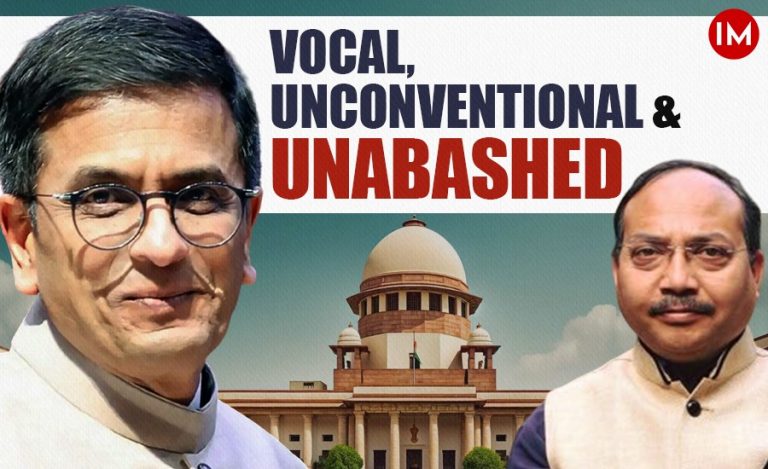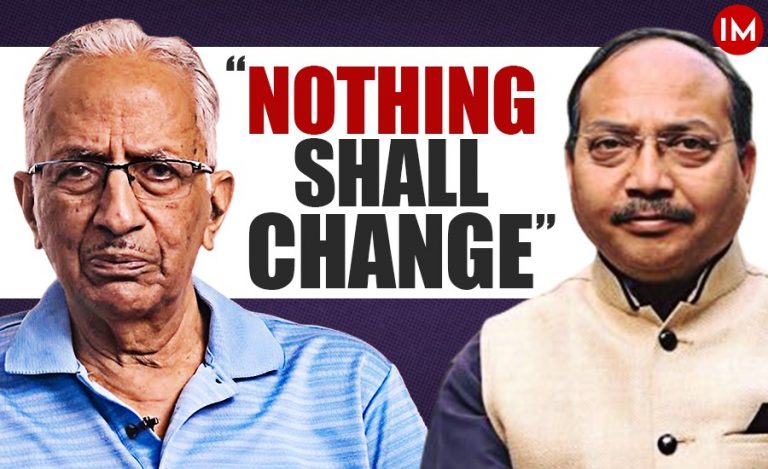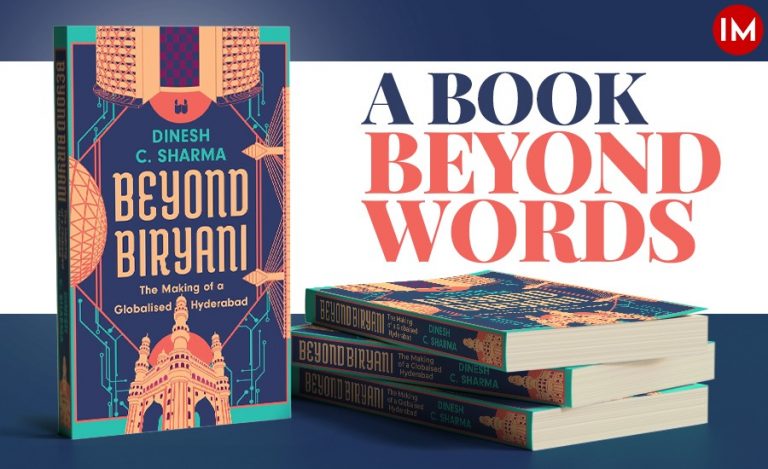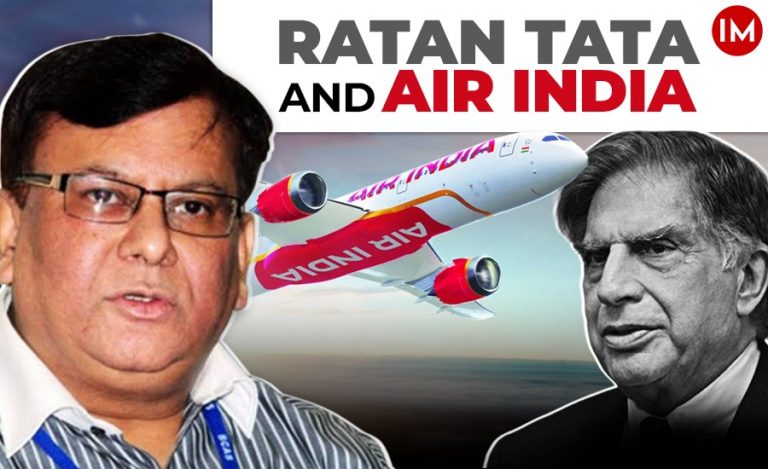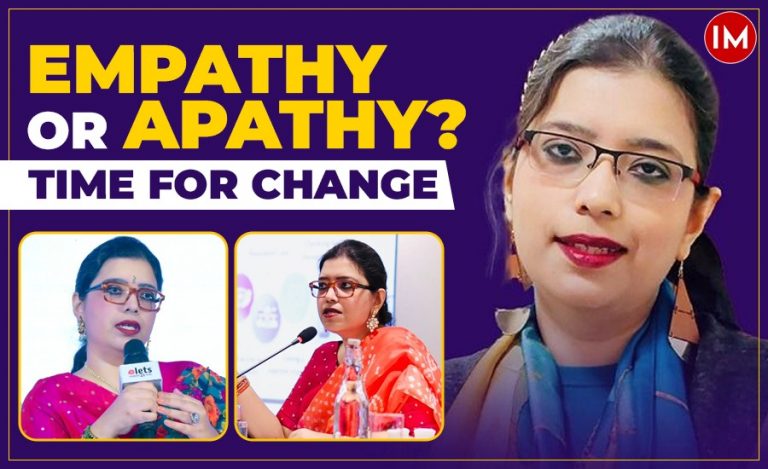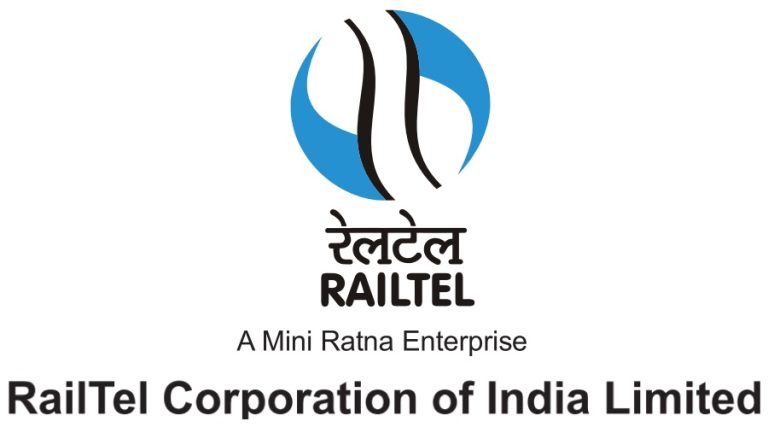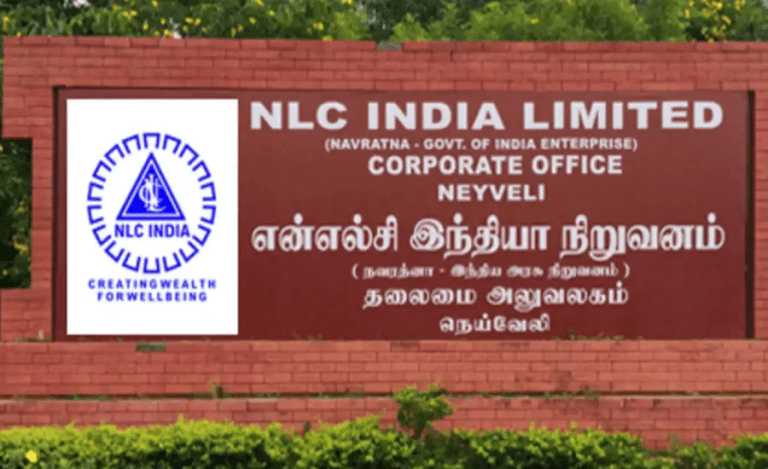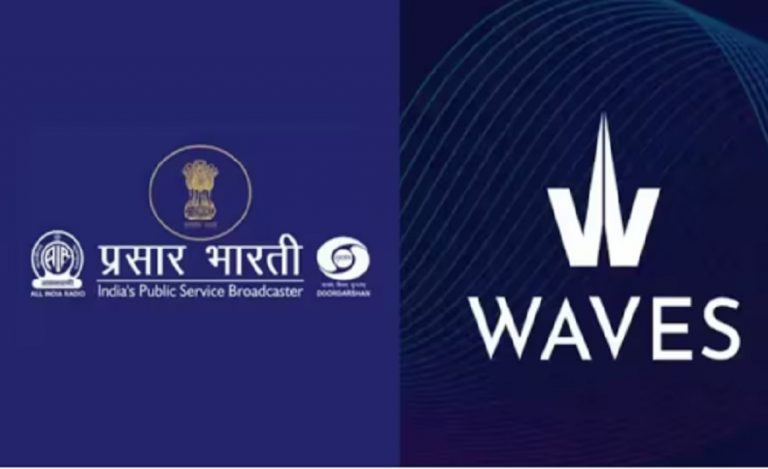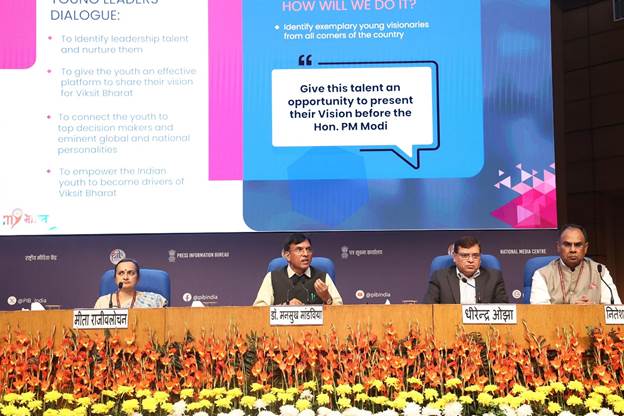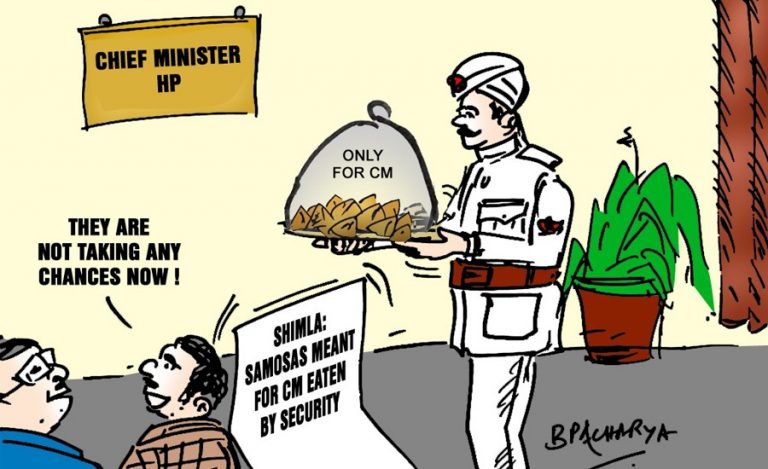I was overwhelmed by the response to my article “Why the IAS? Again?” published earlier in this column. There were a number of observations made in the social media. I am now attempting to respond to some such observations. I had mentioned in my book ‘Ethical Dilemmas of a Civil Servant’ and in the article that “I love to look back upon the years gone by with utmost satisfaction. I loved every moment of it”.
There was just a passing reference in the article about the reason for this ‘enjoyment’. I have used the term “kick” as the cause of this enjoyment both in the book as well as the article but had not provided any illustration. There were many such occasions during my career when I enjoyed this “kick”, my Bharat Ratna moments and some of these have been outlined in the two books, “Not Just a Civil Servant” and “Ethical Dilemmas of a Civil Servant”. One such illustration is given below:
I was on a visit to the World Bank for a presentation on the Rashtriya Swasthya Bima Yojana (RSBY, the national health insurance scheme that was launched in 2007 and the one that has now morphed into Prime Minister’s Jan Aarogya Yojana, PMJAY) before a select audience. During this visit to the US, a Washington-based organisation—Brookings Institute – invited me to talk about the scheme to another set of audience comprising government representatives, non-governmental organisations and some funding agencies like the Bill Gates Foundation.
WHY SO PASSIONATE?
The presentation went smoothly and was apparently received well. However, what is etched in my memory is the conversation with a representative of a foundation during the tea break. The question he posed was quite simple, ‘‘Mr Swarup, why are you so passionate about the scheme? What are you getting out of it? What is the government giving you beyond your salary?’’
My response took a while. It was clear that, during my presentation, I had conveyed a level of commitment to the scheme that was beyond the expectation of a thoroughbred bureaucrat. I asked him, “What do you get when you part with millions of dollars to help the poor in developing countries?” His reply did not surprise me, “That is our job and our purpose. We additionally get a lot of good wishes from those that are assisted by us.” He now awaited my response. My answer was simple, “I am better off than you. I don’t spend a single penny from my pocket, yet all the good wishes and blessings from the poor benefitting under the scheme come back to me. What could be a better motivation!’ and then I narrated an incident to illustrate my point.
ANOTHER INCIDENT
“Beta, idhar aao,” (Come here, my son) — a feeble voice called me as I stood in a Delhi hospital. I was there to check in on a patient. Turning around I found an old lady lying in a bed nearby. She waved and signalled me to come over to her. As I approached, I saw an emaciated figure that looked weak and haggard. She tried to get up, but could not. The pain was writ large on her face, but she greeted me with a smile. Someone had told her that I was associated with the Rashtriya Swasthya Bima Yojana. She had the RSBY smart card in her hand and she was flashing it to me.
As I enquired about her welfare, she confessed that she was in pain, but conveyed her appreciation for the hospital staff that had looked after her very well despite her inability to pay a single penny to them. She seemed resigned to her fate as she admitted that the time had come for her to meet the Almighty. But I wasn’t prepared for what came next. She was all praise for the scheme and she said that she would convey this to the Almighty when she would meet Him and seek His blessings for the scheme. Gradually she gathered the strength to sit up and raised her hand to bless me. It was a Bharat Ratna moment for me. The scheme has won several awards, but this one was the best.
The scheme, RSBY covered 300 million poorest of the poor in the country. Many of whom actually benefitted and some of whom would have been dead but for the scheme. As an IAS officer, I had the opportunity to visualize, conceptualize, articulate and implement this scheme that came to be recognized by institutions like the World Bank which considered it as a “model of good design and implementation with important lessons for other programmes in India”. United Nations Development Programme (UNDP) and International Labour Organization (ILO) recognized the scheme as one of the top social security schemes in the world.
BHARAT RATNA MOMENTS
There are many opportunities for such recognition and sense of satisfaction in other jobs as well but in the IAS there is such an opportunity available in most of the assignments. To me, these are Bharat Ratna moments. This is what makes it different from other jobs.
However, a lot depends upon the officer concerned. As I write in ‘Ethical Dilemmas of a Civil Servant’, the inspiration for exploring avenues to derive satisfaction has to come from within. This inspiration can be sought from such officers who have managed to succeed and serve the country and its people despite some adverse set of circumstances. Many such examples have been given in the book.
The onus, however, lies on the civil servant himself to resolve the dilemma that he faces while keeping his dignity and self-respect intact, as he, like any other individual, has no control over others. The control that he has is over himself. And, hence, he has to focus on himself. He has to evolve in a manner that those who want to corrupt him aren’t able to muster courage to do so. His conscience and ethics must be his firewall. It is difficult but it has been done. Hence, it can be done.
(Author is a former UP Cadre IAS officer, having served the Union Government as Coal Secretary and School Education Secretary, who has written books like No More A Civil Servant, & Ethical Dilemmas of A Civil Servant)


